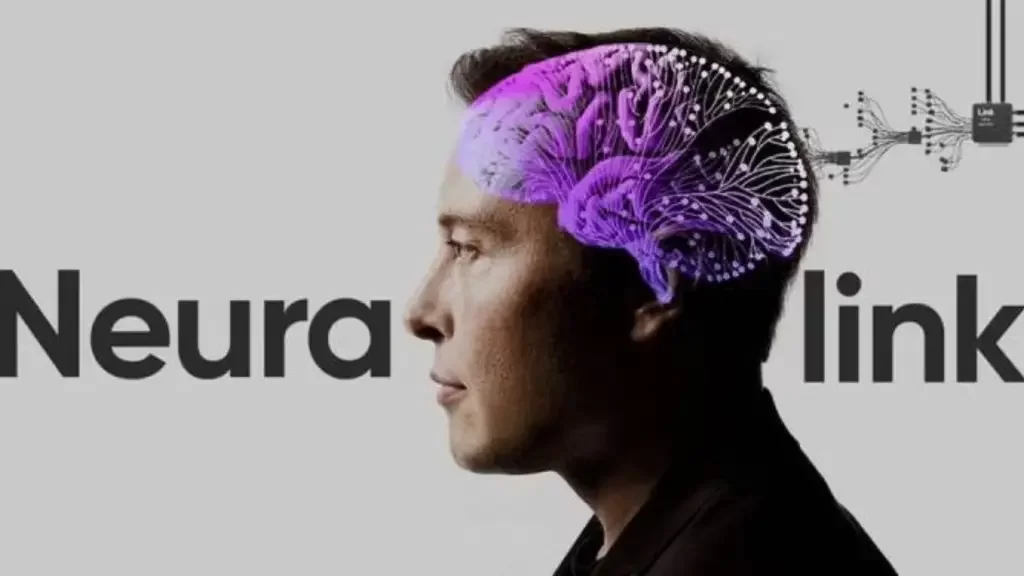The recently released music video for “We Can't Be Friends” by Ariana Grande, inspired by the film “Eternal Sunshine of the Spotless Mind”, presents an intriguing reflection on the possibility of erasing memories and reminds us of Neuralink. At the Lacuna clinic, the character “Peaches”, played by Ariana, decides to remove from her mind all memories of her ex-boyfriend, played by Evan Peters. The memories are erased through a futuristic technological process, allowing Peaches to move on with her life.
The scene raises the question: could we, in the near future, achieve something similar with Neuralink technology?
Elon Musk's company, focused on brain-machine interfaces, develops neural implants to help people with disabilities and improve human capabilities. Although Neuralink is in the testing phase, the idea of editing or erasing memories is not mere science fiction. Research in neuroscience advances the understanding of how memory works and the manipulation of memories in animals. However, the application of this technology to humans presents several ethical, social and psychological challenges.

Neuralink: A Revolutionary Brain-Machine Interface
Neuralink develops neural implants aiming to create a direct interface between the human brain and computers. The device, called Link, is a chip implantable in the skull that has several microelectrodes capable of recording and stimulating neuronal activity.
Neuralink's applications are promising:
- Restoring motor and sensory functions in people with disabilities: paraplegics can walk again, blind people can regain their sight and people with cerebral palsy can have their movements controlled.
- Expand cognitive capabilities: Link can be used to increase memory, learning ability. As well as concentration.
- Interact with devices and control environments with your mind: imagine controlling your computer, smartphone or household appliances with the power of thought.
Although the technology is in the animal testing phase, the first tests on humans have already been carried out. In 2020, Elon Musk announced that a patient with quadriplegia was using Link to control a computer cursor with his mind.

The Science Behind Memory Manipulation
Neuroscience advances the understanding of how memories are formed, stored and retrieved in the brain. In this way, research has identified specific areas of the brain responsible for different types of memory. Such as episodic memory (recollections of specific events) and semantic memory (factual knowledge).
Techniques such as deep brain stimulation and optogenetics make it possible to manipulate memories in animals. Stimulating specific areas of the brain can strengthen or weaken memories, while optogenetics allows you to activate or deactivate specific neurons to control the formation of memories.
In humans, techniques such as spatialized repetition and memory reconsolidation can be used to strengthen or modify memories. Spatialized repetition consists of revisiting a memory in different contexts, while memory reconsolidation involves the reactivation of a memory and its subsequent modification.

Erasing Memories: Ethics, Challenges and Implications
The possibility of erasing memories raises several ethical, social and psychological questions. From an ethical point of view, would it be acceptable to erase traumatic or painful memories? And who would have the power to decide which memories should be erased?
Socially, memory manipulation could be used to control people's behavior or to erase undesirable historical events. Furthermore, erasing memories can have unpredictable psychological consequences, such as loss of identity or the development of psychological disorders. Finally, from a technical point of view, erasing memories with Neuralink is still a challenge. In other words, the technology needs to be able to accurately identify the memories to be erased without damaging other areas of the brain.
My talent is helping entrepreneurs create their brands It is websites professionals, to have their own lives and become increasingly stronger in the market. Creatively conceptualizing in an authentic way. Building new spaces in digital and physical channels. And executing strategic actions to marketing with IF THE to achieve results.